The Arleigh-Burke class guided-missile destroyer USS John Paul Jones (DDG 53) launches a Standard Missile-6 (SM-6) during a live-fire test of the ship's aegis weapons system on 19 June 2014. A US Navy photo
PACIFIC OCEAN (BNS): Guided-missile destroyer USS John Paul Jones (DDG 53) has successfully conducted a series of five live-fire tests for the Baseline 9C Aegis Combat System during Combat Systems Ship's Qualification Trials (CSSQT) and Naval Integrated Fire Control Counter Air (NIFC-CA) capability.
The US Navy said over the course of three days from June 18-20, the crew of John Paul Jones successfully engaged six targets off the coast of Southern California, firing a total of five missiles that included four Standard Missile-6 (SM-6) missiles and one Standard Missile-2 (SM-2) missile.
According to the Navy, one of these exercises, designated as NIFC-CA AS-02A, resulted in the longest surface-to-air engagement in naval history.
During the underway period, John Paul Jones also conducted its first ballistic missile tracking exercise while simultaneously tracking two supersonic and two subsonic missile targets. This event fully demonstrated the capabilities of Aegis Baseline 9C and of John Paul Jones as the first Integrated Air and Missile Defense (IAMD) destroyer, it added.
Preparations for the missile firings began in the BAE ship repair facility in San Diego during 2012 when the ship started combat systems modernisation as part of the destroyer modernisation programme.
Over the course of a year, John Paul Jones received the latest commercial off-the-shelf computing infrastructure, SPY-1D transmitter upgrades, and a multi-mission signal processor which comprises the Aegis Baseline 9C suite.
The Navy has attributed the CSSQT successes to the hard work and dedication of each and every member of the John Paul Jones crew.
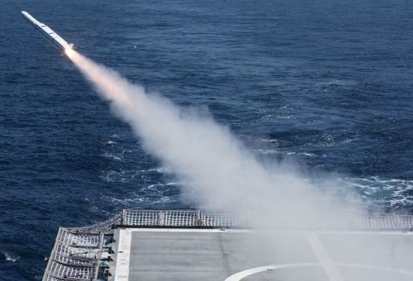 Previous Article
Previous Article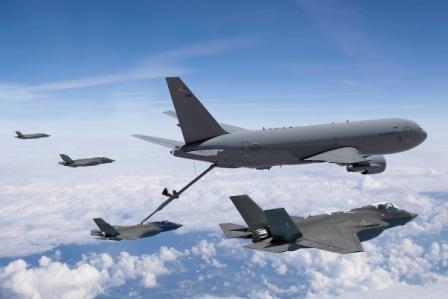 Next Article
Next Article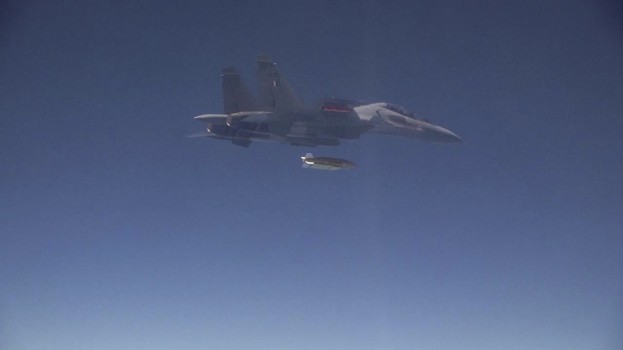
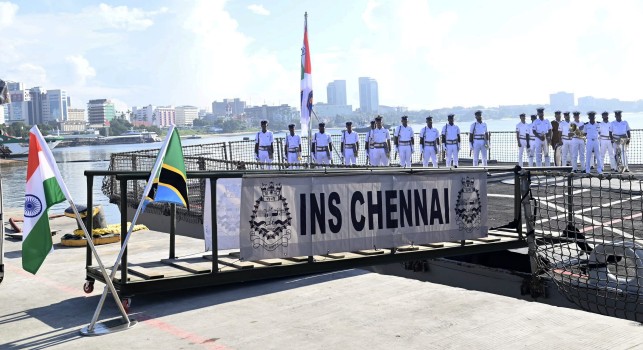
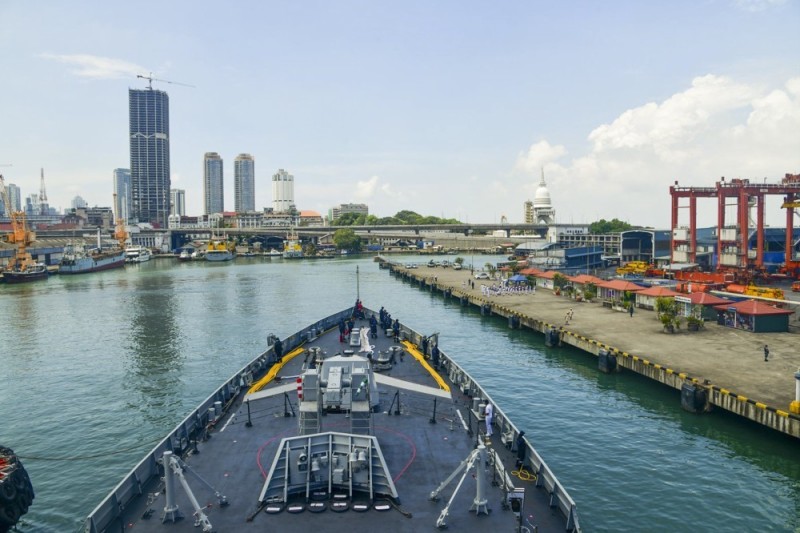










The Indian Air Force, in its flight trials evaluation report submitted before the Defence Ministry l..
view articleAn insight into the Medium Multi-Role Combat Aircraft competition...
view articleSky enthusiasts can now spot the International Space Station (ISS) commanded by Indian-American astr..
view article